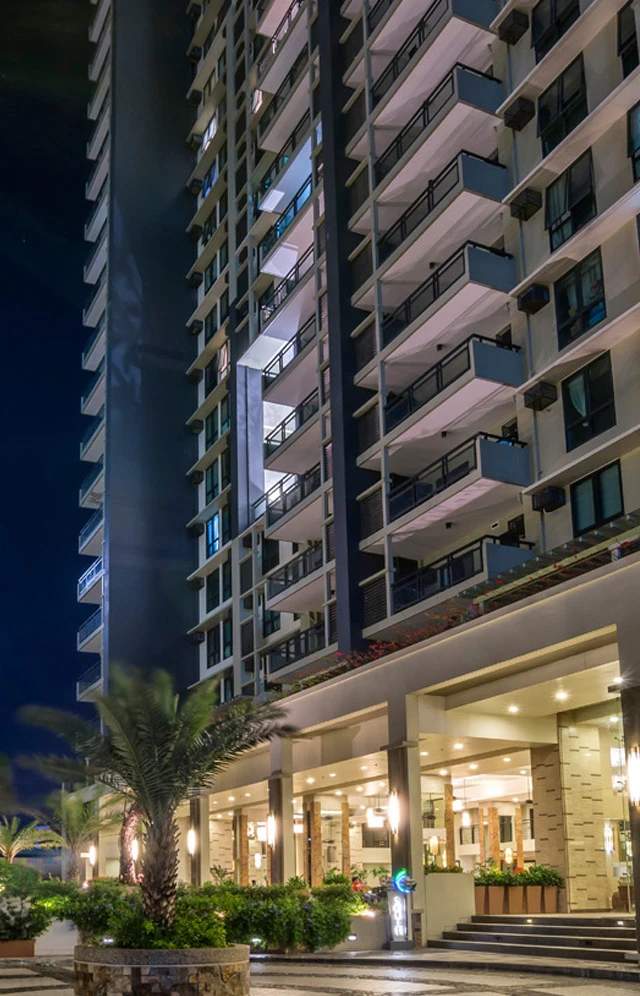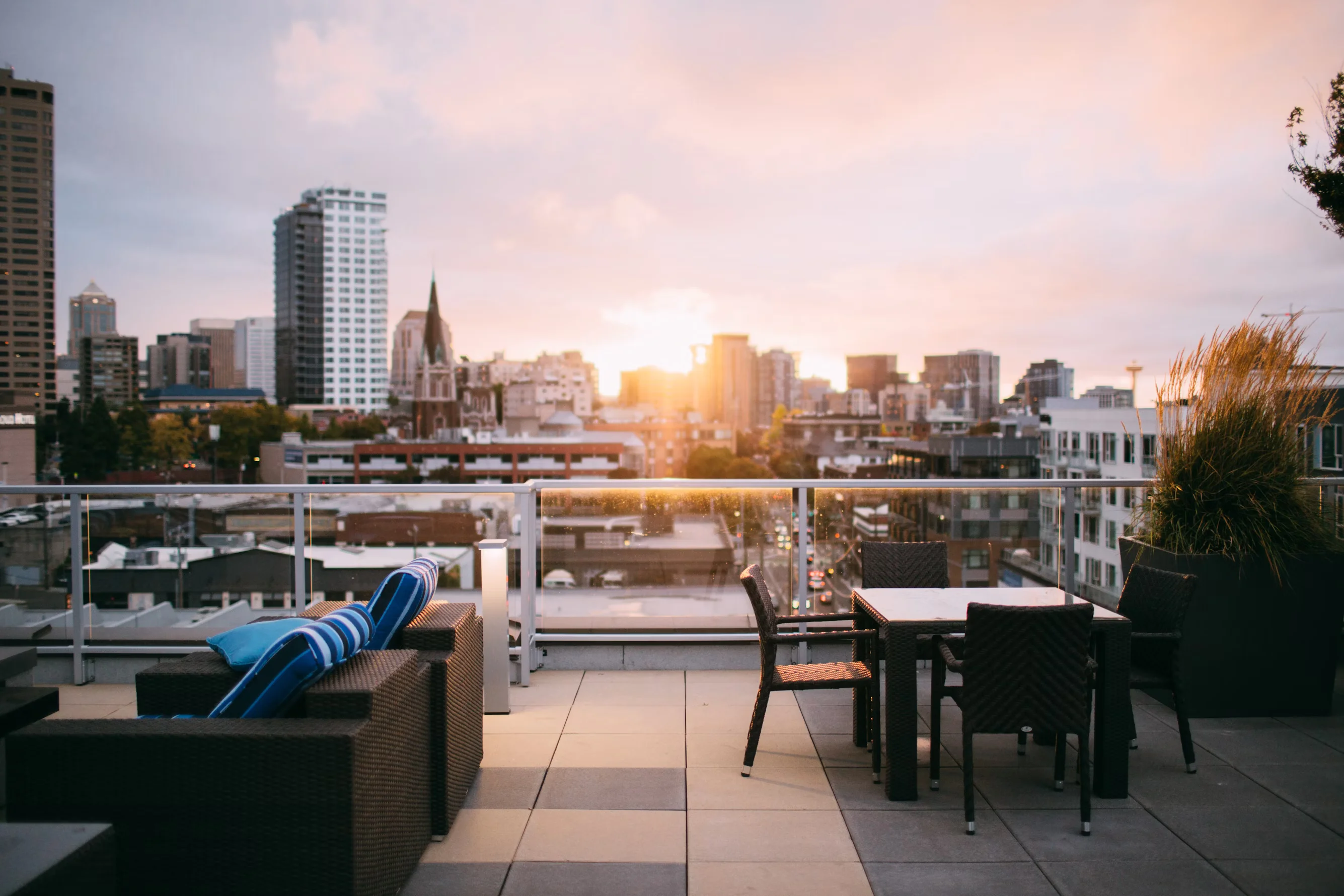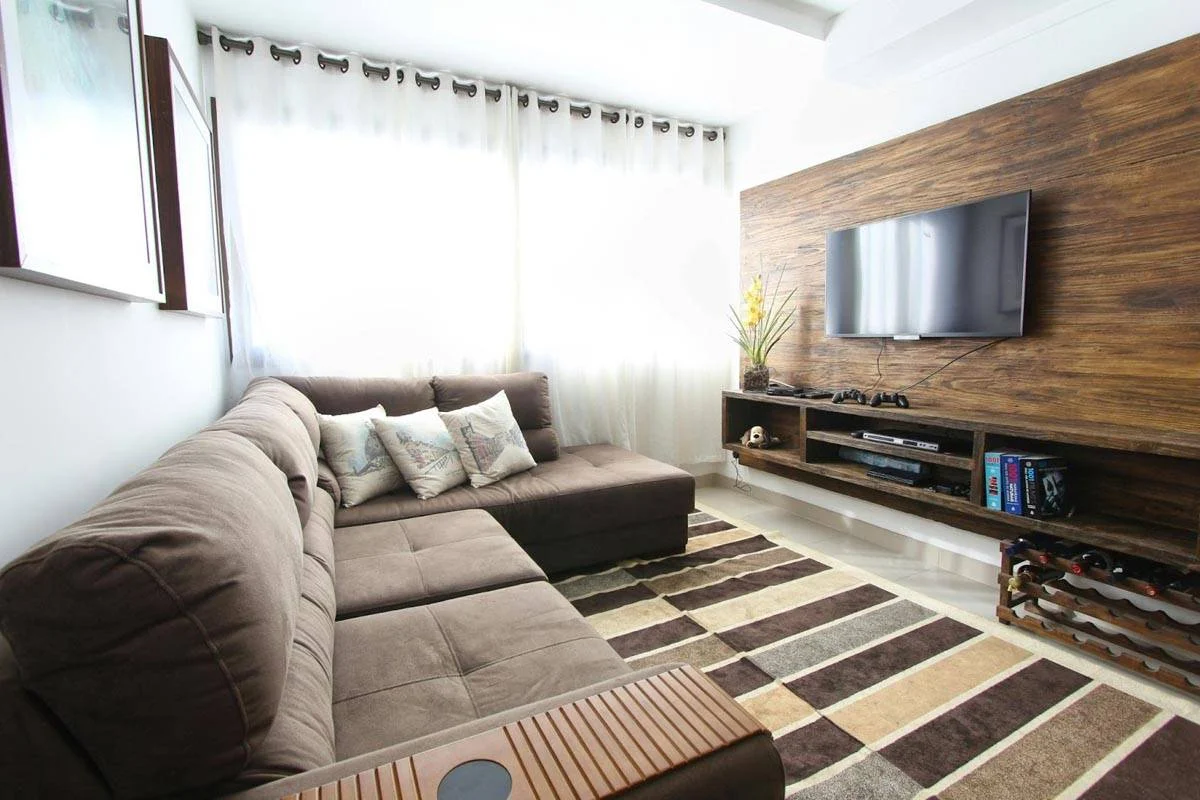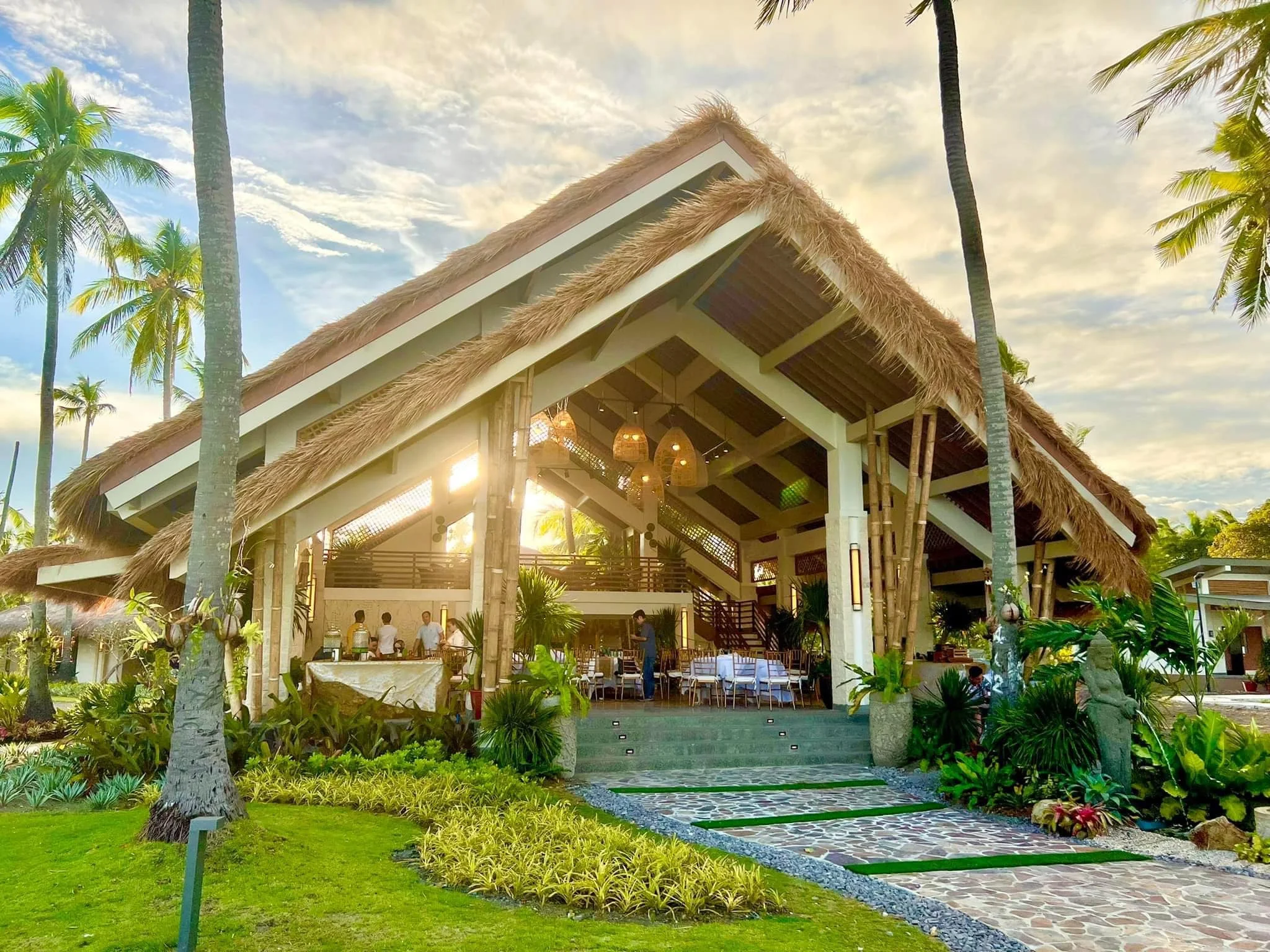Metro Manila will be home to about 29.3 million people by 2030, from 23.2 million in 2015, according to a report by the Economist Intelligence Unit (EIU). The major reason why rural folks migrate to the capital, as in other countries across the globe, is the concentration of employment opportunities. Multinational companies, prestigious law firms, and national government agencies are all found in key cities.
If you are moving from your province to Metro Manila, there are things you should know before finalizing your decision. What's the best condo in Manila? Where should you live? What is the cost of living in Metro Manila? Here is your guide.
Live in the outskirts with access to transport networks
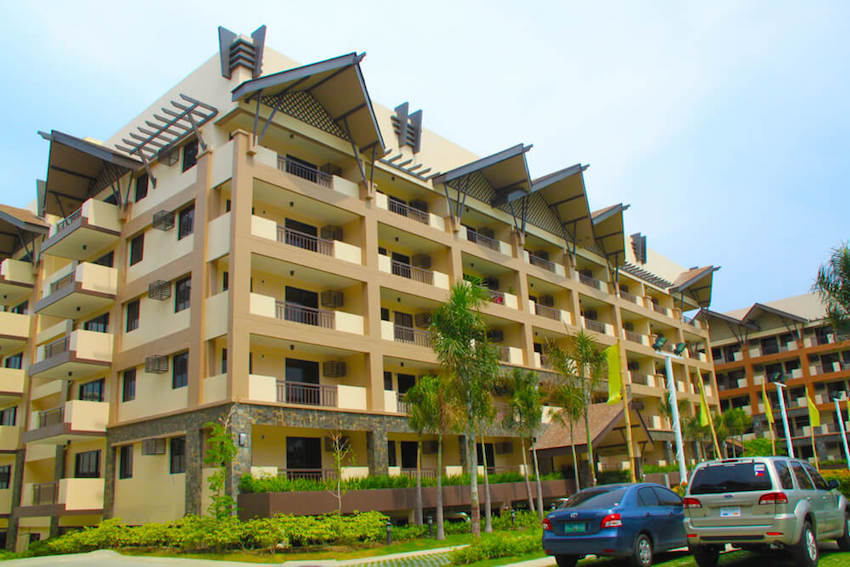
Photo courtesy of DMCI Homes Leasing Services
One of the first things to know before moving to Manila is the cost of rent. Generally, rental rates vary depending on the city and the proximity to business districts. A one-bedroom apartment in Caloocan is half the rent in Mandaluyong or Makati. Since rent in apartments and condos in business districts are quite costly (astronomical, even), you may want to consider the outskirts that are still accessible to public transport networks.
If condo renting in Makati is beyond your means, check out other cities. A DMCI Homes condo studio unit in Zinnia Towers is about Php18,000 to Php20,000. If you will be working in the south, Ohana Place in Las Piñas offers an affordable studio unit (Php12,000 – Php13,000). DMCI Homes feature amenities that will help you cut down your expenses such as the Lumiventt® technology which reduces your electrical consumption by enabling ambient light and increased ventilation on all units and fitness centers.
Rent a condo home with friends

Photo courtesy of Lisa Fotios via Pexels
Renting a condo home in Metro Manila may not be in your budget. But you should consider the various ways you can save money if you do live in Metro Manila. The Lumiventt® technology reduces your own energy consumption by allowing the natural flow of sunlight and air. No need to blast the air conditioning on summer days – let the fresh air cool down your space. You can also save on gym membership. Your condo features fitness amenities including a well-equipped gym, lap pool, and bike paths.
Condo sharing is gaining popularity in the metro. You and your friends can share a space and the bills, at least while you are all adjusting in the city. What’s more, you get to share chores with others! Consider condo renting in Mandaluyong.
Budget your groceries and office meals
Not all food items are expensive in Metro Manila. True, vegetables can be worth a fortune but grocery items are cheaper here than in the province. No wonder city folks would rather have canned goods and packaged foods than carrots and cabbage.
You can allow a daily food allowance of Php300 (three meals in a day). You can save more if you bring packed lunch to work and limit your trips to the coffee shop (coffee products can start at Php140). List down grocery essentials – meat, chicken, vegetables, fruits, condiments, as well as toiletries and cleaning materials. You can allot about Php1,000.00 for your weekly grocery.
Control your dine-out expenses
It is okay to dine out once in a while. This is unavoidable as your colleagues will likely invite you for lunch or dinner on payday. You can set aside Php500 to Php1,000 for these dine-outs. People typically pay for their own meals so unless someone announces that he/she is footing the bill, bring enough cash with you. If you are drinking out, liquor prices will depend on the pub or bar. A bottle of beer in a typical watering hole costsPhp30 to Php50 while a cocktail is about Php150.00. Korean BBQ buffet is a thing these days. The rate per head is about Php250 to Php500.
Choose the people you will be hanging out with at work. There are those who spend more than they earn, swiping their credit cards for almost every purchase they make. They will try to drag you to an artisan coffee shop or a shoe sale across the office. Take caution in dealing with them.
Map out your daily route to save on fare
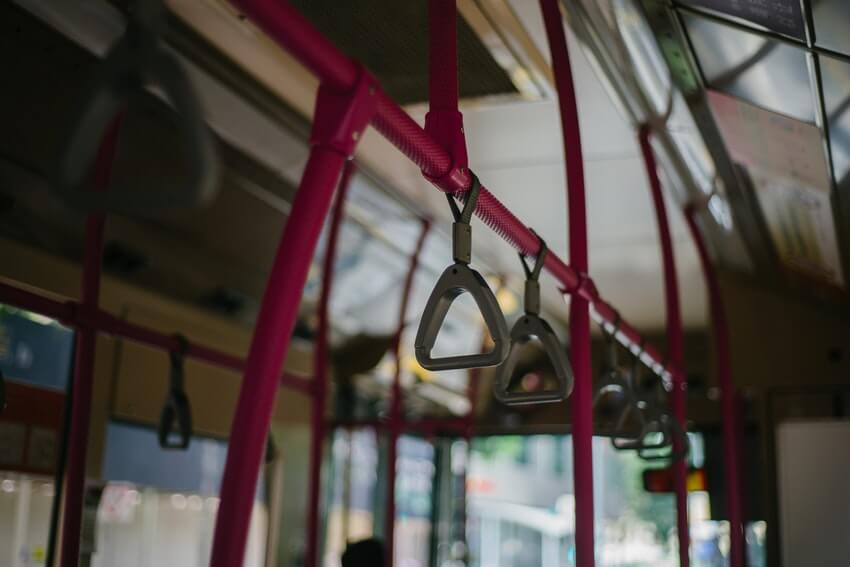
Photo courtesy of mentatdgt via Pexels
Condo renting in Manila is a practical choice for young professionals. There are DMCI Homes condos at the heart of the business and commercial districts and those in the outskirts of the city, are still accessible via public transport.
Transportation costs can eat up a huge chunk of your budget so it is important to map out your daily route. A train ride starts at Php20, similar to a bus ride. As of the time of this writing, jeepney fares start at Php9. You can share a tricycle ride with 3 to 4 passengers to save on transport expenses. Take the cab or use car-hailing services if you really need to.
Ensure your peace of mind with insurance plans

Photo courtesy of mentatdgt via Pexels
Most employers provide HMO to their regular employees. But if your employer is an exception, or you're still not eligible, you should get a health plan. Health insurance starts at Php10,000 for coverage of Php50,000 per illness per year. An HMO is a must as healthcare is too costly in the country.
When's the best time to get a life insurance plan? When you have money! Life insurance isn't only for those with present dependents. At some point in the future, you may want to settle down and start a family. By starting your plan early, you can score cheaper premiums and boost the cash value of the policy. An insurance plan for a young 25-year-old individual starts at Php4,000 per quarter.
Take vitamin supplements and manage your stress

Photo courtesy of Pixabay via Pexels
Working in the metro can take a lot of your time and energy. You should be warned that stress levels in urban areas are significantly higher than in rural places. The deplorable traffic condition, noise, and pollution can take a toll on your health. Take care of yourself by taking vitamin supplements daily. It is advisable to see your doctor before taking in anything. Set aside about Php1,500 for your vitamin supplements and first-aid kit meds.
Depression and anxiety are prevalent among young people living in the city. You must learn ways on how to decompress. In DMCI Homes, you can take a dip in the leisure pool or do meditative activities on the roof deck.
Explore communication channels for work and personal purposes

Photo courtesy of George Dolgikh via Pexels
Communication tools are important to you now more than ever. Since you will be leaving the province and your family, you are expected to keep in touch as often as possible. Your line must be open for work-related communications with colleagues and clients. A postpaid line starts at Php600 per month, without a new phone. If you want to save money, you can sign up for unlimited texts and calls by your network provider. Luckily, you may also use free messaging apps for local and international contacts.
Internet connection has become a necessity these days. You need it in case you need to work at home and to stay in touch with people. A monthly Internet and cable plan start at Php2,300 per month. If you prefer mobile Internet, you can inquire about pocket Wi-Fi which typically costs Php1,000 per month.
Know your many entertainment options

Photo courtesy of picjumbo.com via Pexels
Metro Manila is the hub of leisure activities. There are malls, cinemas, theaters, pubs and bars, restaurants, and others. For someone moving to Manila on a budget, these may be temptations. You have a lot of options, though. You can visit museums (many charge a small fee or none at all) or go to public concerts.
A trip to the cinema will cost you around Php500, with a bucket of popcorn and soda. Are you going out with colleagues for a buffet dinner? You will need about Php600 at the restaurant. There are a lot of foreign acts that perform in coliseums and arenas in the capital. General admission tickets are between Php800 and Php1,500. If you want a better seat, you may need to spend at least Php2,500.
Get smart with your shopping
You have a lot of options in Metro Manila when it comes to places to shop for clothes, shoes, bags, and other personal essentials. Snap up discounted items at malls and shops regularly offer. If you want to save up, you can spend a day in Divisoria or bazaars in Cubao to shop for affordable stuff.
A pair of quality jeans from an international brand can cost you around Php1,000 while a long-sleeved polo shirt is available for Php800. You can score dresses, both for work and parties, starting at Php500. Prices drop during the yuletide season, so make sure you save up for your next Christmas shopping.
The capital region is still the top option for young professionals to pursue their chosen careers. Make sure you are well-prepared for the challenges of living in probably the most congested part of the country. Know the cost of living, best places to live, and other moving-to-Manila tips.

